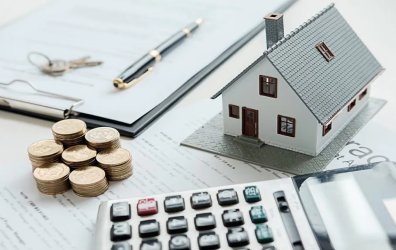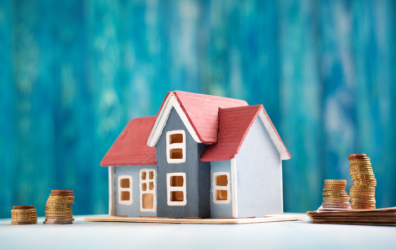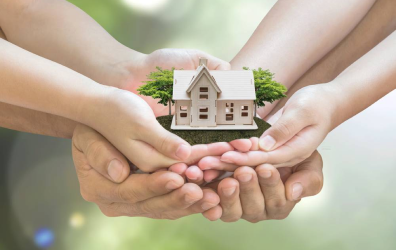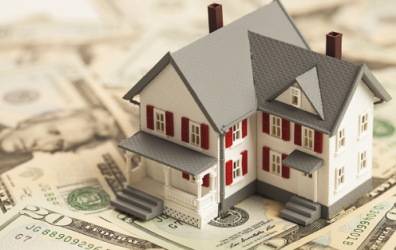Public housing is a government-subsidized housing program aimed at providing safe and affordable housing options for low-income individuals and families. Here are some key things to know about public housing:
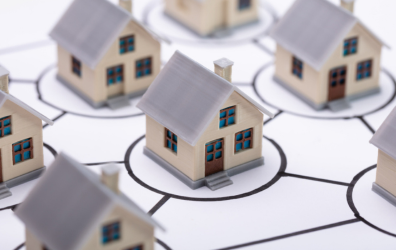
Public housing is a type of housing in the United States that is owned and operated by the government. It is designed to provide affordable housing to low-income individuals and families who are unable to afford housing in the private market. Public housing is managed by local public housing authorities (PHAs), which are funded by the federal government through the Department of Housing and Urban Development (HUD).
The history of public housing in the United States dates back to the 1930s when the federal government began to invest in public housing as a way to address the housing crisis during the Great Depression. The first public housing development, the First Houses in New York City, was completed in 1935. Over the next few decades, public housing grew in popularity and became an important source of affordable housing for millions of Americans.
Today, there are approximately 1.2 million public housing units in the United States, managed by over 3,300 PHAs. Public housing is available in a variety of forms, including high-rise apartments, townhouses, and single-family homes. The units are typically rented out to eligible low-income households at a below-market rate, with rent based on the family’s income.
To qualify for public housing, individuals and families must meet certain eligibility requirements, including income limits, background checks, and residency requirements. Income limits vary depending on the location of the housing and the size of the household, but generally, households must have incomes at or below 80% of the area median income to be eligible for public housing.
Public housing units are managed by the PHA, which is responsible for maintaining the properties and ensuring that they are safe and habitable. PHAs also provide a range of supportive services to residents, including job training, education, and healthcare referrals. In addition, PHAs work with local community organizations to provide social and recreational activities for residents.
Despite its many benefits, public housing has faced criticism over the years. Critics argue that public housing is often poorly managed and maintained and that it can lead to concentrated poverty and crime in certain neighborhoods. Others argue that public housing can create a culture of dependency and discourage residents from pursuing education and employment opportunities.
To address these concerns, the federal government has implemented a number of reforms to the public housing system in recent years. For example, HUD has implemented a program called the Rental Assistance Demonstration (RAD), which allows PHAs to convert public housing units to privately-owned, subsidized housing. This program is designed to encourage private investment in public housing and improve the quality of the housing stock.
In addition, some PHAs have implemented innovative programs to improve the quality of public housing and support the well-being of residents. For example, the Housing Authority of the City of Los Angeles has launched a program called “Resident Wellness,” which provides residents with access to healthcare, healthy food options, and other resources to support their health and well-being.
Overall, public housing continues to be an important source of affordable housing for low-income individuals and families in the United States. While it has faced criticism and challenges over the years, public housing remains an essential component of the safety net for millions of Americans. Through continued investment and innovation, public housing can continue to provide safe, decent, and affordable housing for those in need.







